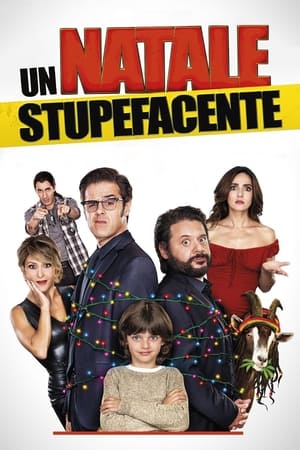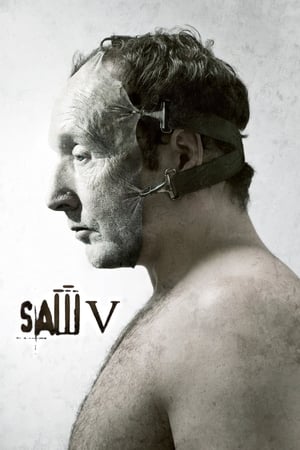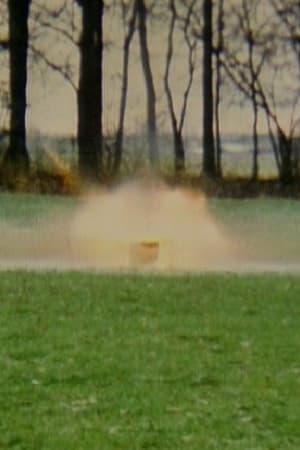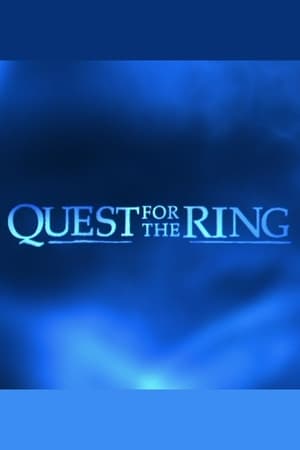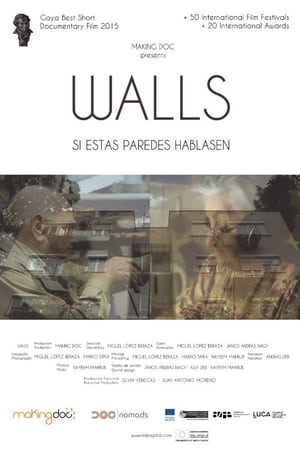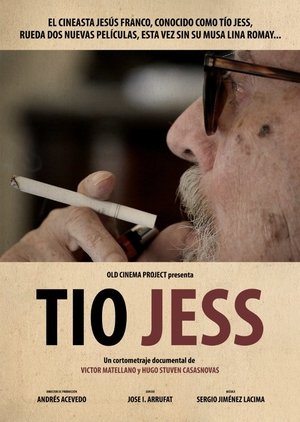

Self Portrait(2024)
A contemplation of life.
Movie: Self Portrait
Video Trailer Self Portrait
Recommendations Movies
La Güestia(es)
A young priest comes to an Asturian village, to aid in the search for a missing child.
 8.1
8.1WWE WrestleMania XXIV(en)
WrestleMania XXIV was the twenty-fourth annual WrestleMania PPV. The event took place on March 30, 2008, at the Citrus Bowl in Orlando. The first main event was a Singles match from the SmackDown brand that featured The Undertaker challenging World Heavyweight Champion Edge for the title. The second was a Triple Threat match from the Raw brand, in which WWE Champion Randy Orton defended against challengers Triple H and John Cena. The third was a singles match featuring ECW Champion Chavo Guerrero defending against Kane. Other matches include a No DQ match with Floyd Mayweather Jr. fighting The Big Show, a Money in the Bank ladder match with Carlito, Shelton Benjamin, MVP, CM Punk, Mr. Kennedy, Jericho, and John Morrison, and a retirement match between Shawn Michaels & Ric Flair.
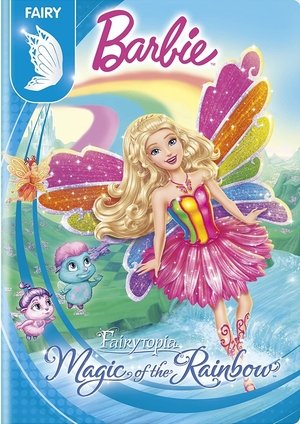 6.9
6.9Barbie Fairytopia: Magic of the Rainbow(en)
Elina goes to a fairy school to learn dancing and fairy magic. The spring of the fairy land is soon threatened by evil Laverna who intends to prevent fairies from performing the annual vital rainbow dance. Elina must stop quarreling with her fellow students and unite them to save the first bud of the spring.
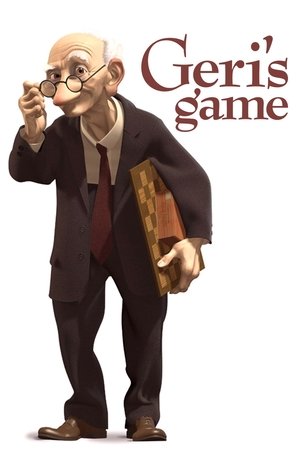 7.6
7.6Geri's Game(en)
An aging codger named Geri plays a daylong game of chess in the park against himself. Somehow, he begins losing to his livelier opponent. But just when the game's nearly over, Geri manages to turn the tables.
Six: Inside(en)
Delves deep into the anxiety, thrill and uncertainty of six aspiring animation artists as they are plunged into the twelve-week trial-by-fire that is the NFB's Hothouse for animation filmmakers.
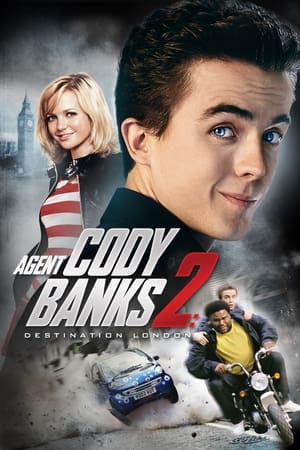 5.6
5.6Agent Cody Banks 2: Destination London(en)
With all-new gadgets, high-flying action, exciting chases and a wisecracking new handler, Derek (Anthony Anderson), Cody has to retrieve the device before the world's leaders fall under the evil control of a diabolical villain.
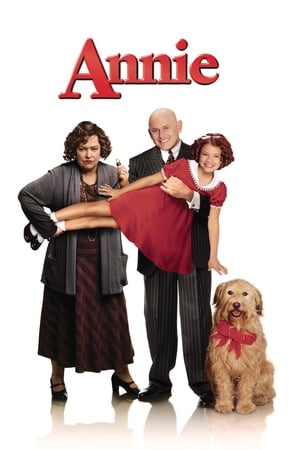 6.4
6.4Annie(en)
Things seem pretty bad for a young girl living a "hard-knock life" in an orphanage. Fed up with the dastardly Miss Hannigan, Annie escapes the run-down orphanage determined to find her mom and dad. It's an adventure that takes her from the cold, mean streets of New York to the warm, comforting arms of bighearted billionaire Oliver Warbucks - with plenty of mischief and music in between.
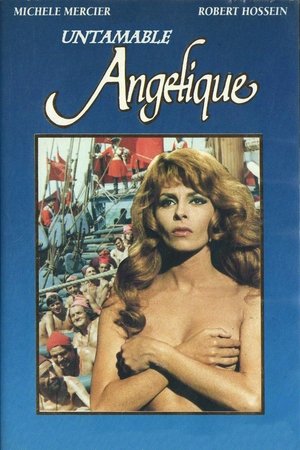 6.5
6.5Untamable Angelique(fr)
Angelique goes in search of her husband Joffrey de Peyrac who did not die on the stake.
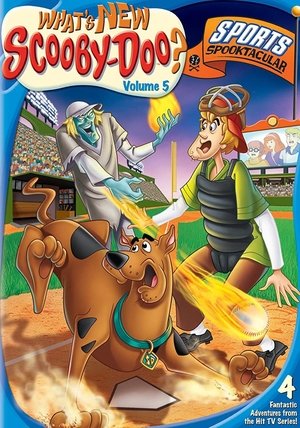 9.9
9.9What's New, Scooby-Doo? Vol. 5: Sports Spooktacular(en)
The 5th volume of episodes from the hit TV series What's New Scooby-Doo, with four action-packed sports adventures. The Unnatural serves up a full plate of ballpark pranks and ferocious fastballs from Ghost Cab Gray, who wants to stop the current homerun king from breaking his record. The gang tries to stop a giant sand worm from wreaking havoc on the Enduro Slam 5000 offroad race in The Fast and the Wormious. A weird ghost monster called the Titantic Twist turns Daphne and Velma into Wrestle Maniacs. For a grand-slam finale the hockey mystery Diamonds Are A Ghoul's Best Friend introduces the chilling Frozen Fiend. When the gang dons sticks and pads, will they perform a hat trick...or get frozen stiff?
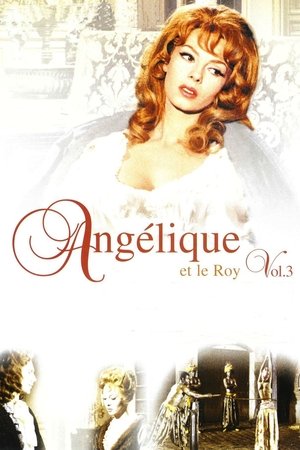 6.5
6.5Angelique and the King(fr)
Soon after her latest husband death, the King himself (Louis XIV) meets with our heroine and begs her to help convince the Persian Ambassador to agree to a treaty. However, what they didn't realize was that the handsome Persian was in fact a sexual sadist. So, it is up to the King's half- brother, some Hungarian prince, to save Angélique from the evil troll's clutches.
 5.9
5.9People(en)
Six vignettes pit an assortment of characters against each other in everyday situations.
 6.8
6.8The Princess Switch: Switched Again(en)
When Duchess Margaret unexpectedly inherits the throne & hits a rough patch with Kevin, it’s up to Stacy to save the day before a new lookalike — party girl Fiona — foils their plans.
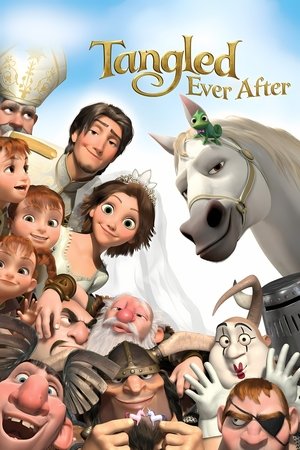 7.1
7.1Tangled Ever After(en)
The kingdom is in a festive mood as everyone gathers for the royal wedding of Rapunzel and Flynn. However, when Pascal and Maximus, as flower chameleon and ring bearer, respectively, lose the gold bands, a frenzied search and recovery mission gets underway. As the desperate duo tries to find the rings before anyone discovers that they’re missing, they leave behind a trail of comical chaos that includes flying lanterns, a flock of doves, a wine barrel barricade and a very sticky finale. Will Maximus and Pascal save the day and make it to the church in time? And will they ever get Flynn’s nose right?
 7.8
7.8People(fr)
People is a film shot behind closed doors in a workshop/house on the outskirts of Paris and features a dozen characters. It is based on an interweaving of scenes of moaning and sex. The house is the characters' common space, but the question of ownership is distended, they don't all inhabit it in the same way. As the sequences progress, we don't find the same characters but the same interdependent relationships. Through the alternation between lament and sexuality, physical and verbal communication are put on the same level. The film then deconstructs, through its repetitive structure, our relational myths.
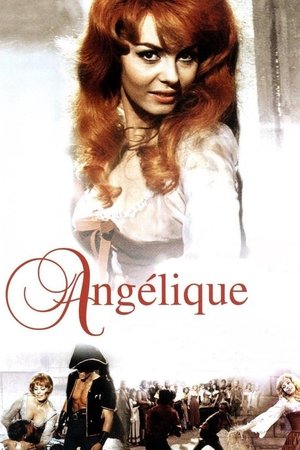 6.7
6.7Angelique: The Road To Versailles(fr)
Angelique is saved by the king of the cutthroats when she is endangered in the streets of Paris. After her hero is killed, she has many amorous affairs and becomes a successful businesswoman.
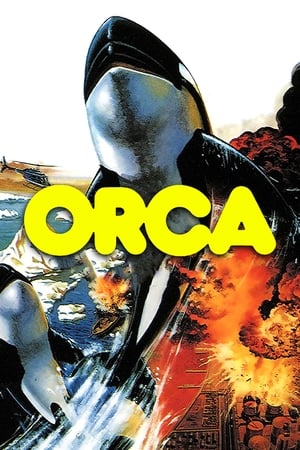 6.2
6.2Orca(en)
After witnessing the killing of his mate and offspring at the hands of a reckless Irish captain, a vengeful killer whale rampages through the fisherman's Newfoundland harbor. Under pressure from the villagers, the captain, a female marine biologist and an Indigenous tribalist venture after the great beast, who will meet them on its own turf.
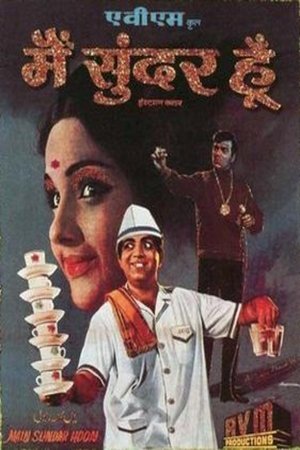 6.8
6.8Main Sunder Hoon(hi)
Sundar, a waiter, is in love with Radha but does not have the courage to tell her. When he becomes a successful comedian, he confesses his feelings to her, only to find that she loves someone else.
Similar Movies
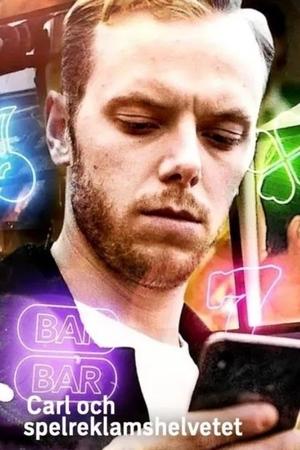 0.0
0.0Carl och spelreklamshelvetet(sv)
Internet comedian Carl Déman from the humor group JLC lived a life that looked glorious. But beneath the surface was a terrible gambling addiction that almost cost him his life. In 2019, he and other gambling addicts struggle to stay afloat in a contemporary age marinated in gambling advertising. Carl wants to ask those who make the advertising how they think and wonders why the advertising profiles now also come from the world of culture and entertainment.
 6.7
6.7Workers Leaving the Lumière Factory(fr)
Working men and women leave through the main gate of the Lumière factory in Lyon, France. Filmed on 22 March 1895, it is often referred to as the first real motion picture ever made, although Louis Le Prince's 1888 Roundhay Garden Scene pre-dated it by seven years. Three separate versions of this film exist, which differ from one another in numerous ways. The first version features a carriage drawn by one horse, while in the second version the carriage is drawn by two horses, and there is no carriage at all in the third version. The clothing style is also different between the three versions, demonstrating the different seasons in which each was filmed. This film was made in the 35 mm format with an aspect ratio of 1.33:1, and at a speed of 16 frames per second. At that rate, the 17 meters of film length provided a duration of 46 seconds, holding a total of 800 frames.
 0.0
0.0Grandpa's in the Tuff Shed(en)
It adroitly tells the story of a "counter culture" young man who when his grandfather dies, packs the body in dry ice, and stores him in a Tuff Shed, waiting for the time when advances in modern medicine can bring him back to life. I am not making this up. Then our young men gets deported back to Norway on unrelated charges. Then, quite a while later, people look up and take notice ... "Hey ... there appears to be a frozen dead guy in that shed over there."
 0.0
0.0Solar Do-Nothing Machine(en)
In 1957, Charles and Ray designed the Solar Do-Nothing Machine for Alcoa, the Aluminum Company of America. True to the Eameses’ belief that toys are not as innocent as they appear, the machine was one of the first uses of solar power to produce electricity. In the 1990s, Eames Demetrios discovered unedited footage of the wonderful machine. He cut it together to produce a new film that shares a bit of its flavor for future generations to enjoy.
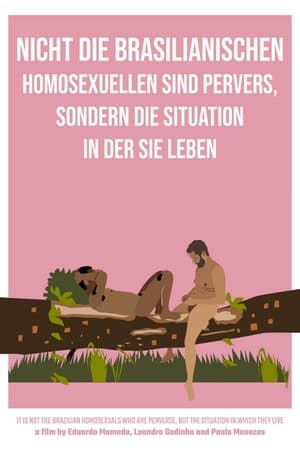 1.0
1.0It Is Not the Brazilian Homosexuals Who Are Perverse, But the Situation in Which They Live(pt)
Two queer Brazilians go skinny dipping in a lake where they talk about love, sex, colonialism and migration, on a pandemic summer afternoon in Berlin.
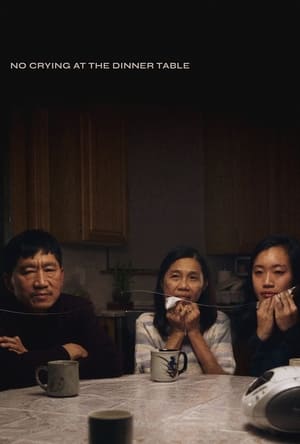 7.3
7.3No Crying at the Dinner Table(en)
Filmmaker Carol Nguyen interviews her own family to craft an emotionally complex and meticulously composed portrait of intergenerational trauma, grief, and secrets in this cathartic documentary about things left unsaid.
 0.0
0.0Now Is the Time(en)
When internationally renowned Haida carver Robert Davidson was only 22 years old, he carved the first new totem pole on British Columbia’s Haida Gwaii in almost a century. On the 50th anniversary of the pole’s raising, Haida filmmaker Christopher Auchter steps easily through history to revisit that day in August 1969, when the entire village of Old Massett gathered to celebrate the event that would signal the rebirth of the Haida spirit.
 0.0
0.0Multiple Man(en)
A many-faced view of humanity, of global man in all his forms and interests. Produced originally in 70 mm (with stereophonic sound) for showing at Man and His World, the Montréal fair that succeeded Expo 67, this film employs the multi-image technique. People of all places, origins, cultures, secular and religious, are here united and seen side by side, creating an impressive, inspiring and challenging portrait. The film's title appears in seven languages. Film without words.
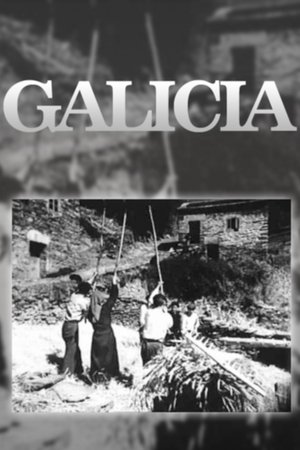 6.0
6.0Galicia(es)
Short documentary about social and economic situation in Galicia (Spain) in 1936
 7.0
7.0Land Without Bread(es)
An exploration —manipulated and staged— of life in Las Hurdes, in the province of Cáceres, in Extremadura, Spain, as it was in 1932. Insalubrity, misery and lack of opportunities provoke the emigration of young people and the solitude of those who remain in the desolation of one of the poorest and least developed Spanish regions at that time.
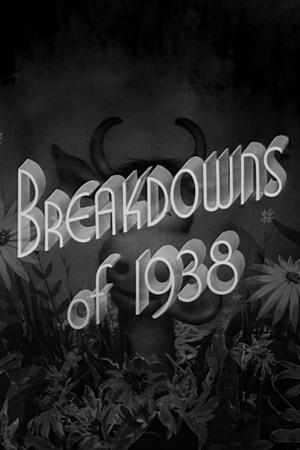 5.0
5.0Breakdowns of 1938(en)
Flubs and bloopers that occurred on the set of some of the major Warner Bros. pictures of 1938.
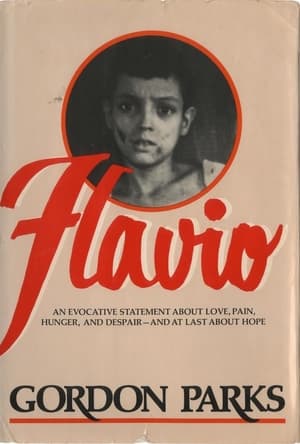 6.0
6.0Flavio(en)
Documentary about a boy living with his family in extreme poverty in Rio de Janeiro.
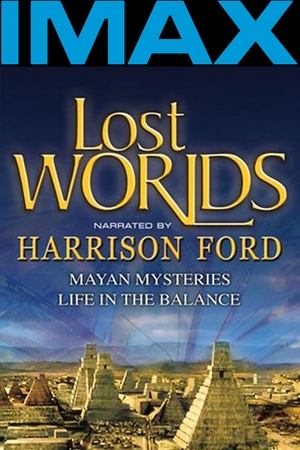 5.0
5.0Lost Worlds: Life in the Balance(en)
Lost Worlds looks at untouched aspects of nature in parts of the world where humans rarely tread. From plants, to animals, to geology, this artfully photographed documentary presents facets of the biological world that you are not likely to see anywhere else.
 7.2
7.2Mysteries of the Unseen World(en)
Mysteries of the Unseen World transports audiences to places on this planet that they have never been before, to see things that are beyond their normal vision, yet literally right in front of their eyes. Mysteries of the Unseen World reveals phenomena that can't be seen with the naked eye, taking audiences into earthly worlds secreted away in different dimensions of time and scale. Viewers experience events that unfold too slowly for human perception

